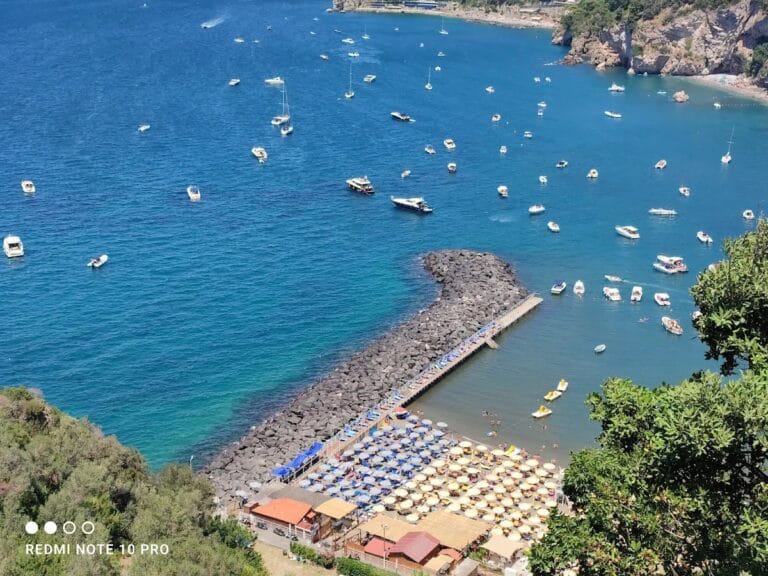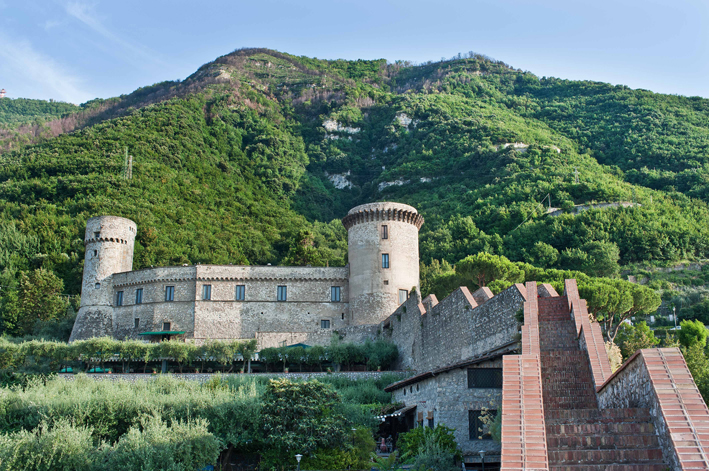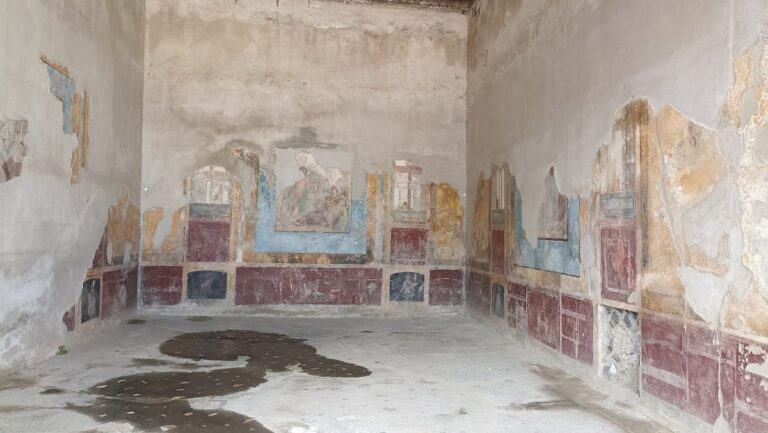Villa Jovis: The Roman Emperor Tiberius’s Residence on Capri
Visitor Information
Google Rating: 4.2
Popularity: Medium
Google Maps: View on Google Maps
Country: Italy
Civilization: Roman
Remains: Domestic
History
Villa Jovis is situated on the island of Capri, Italy, and was constructed by the Roman Emperor Tiberius. Completed in 27 AD, it became his principal residence and the administrative center of the Roman Empire from 26 to 37 AD. This villa is the largest among the twelve imperial villas on Capri referenced by the historian Tacitus, underscoring its importance during Tiberius’s reign.
During his rule, Tiberius relocated significant aspects of imperial governance from Rome to this villa, which led to expansions of the complex to accommodate administrative functions. His decision to govern from Capri is often interpreted as motivated by a desire for seclusion and security, possibly due to political unrest and fears of assassination in the capital. Ancient writers such as Suetonius provide accounts of Tiberius’s lifestyle at Villa Jovis, describing controversial behaviors; however, modern scholarship frequently questions the accuracy of these portrayals.
After the fall of the Roman Empire, the villa fell into ruin and was eventually lost to history. It was rediscovered in the 18th century during the reign of Charles III of Bourbon. In 1932, the archaeologist Amedeo Maiuri undertook restoration efforts, clearing accumulated debris to reveal the villa’s remains. These excavations helped to better understand the villa’s scale and function during the early Imperial period.
Remains
The ruins of Villa Jovis occupy approximately 7,000 square meters on several terraces with a vertical difference of about 40 meters. The complex is arranged into multiple wings, each serving distinct purposes: residential quarters to the north, administrative areas to the south, reception spaces to the east, and an open-walled hall known as the ambulatio on the west side, which overlooks the area of Anacapri.
Constructed atop Monte Tiberio, the island’s second-highest summit at 334 meters, the villa offers extensive views of surrounding islands and coastal regions. Due to limited natural water sources at this elevation, Roman engineers implemented an advanced rainwater collection system. Large cisterns embedded within the foundations stored potable water, a feature that remained functional for centuries.
South of the main villa lie the remains of a coastal watchtower, or specula, which was used for optical communication with the mainland through fire or smoke signals. This facilitated rapid transmission of messages, indicating the villa’s strategic importance.
The surviving structures include eight levels of walls and staircases, which are partially preserved. Although fragmentary, these ruins provide insight into the villa’s original complexity. Access to the site is only possible on foot via a steep path from Capri town, reflecting its secluded and defensible position.










